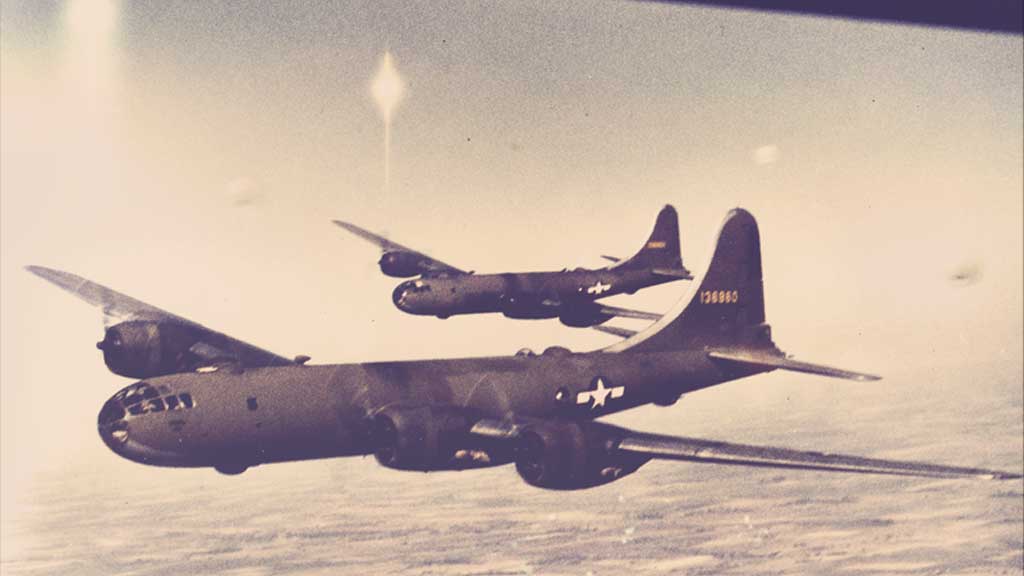Some researchers became more convinced that the foo fighters had then simply been hallucinations.
The name “foo fighters” has become synonymous with Dave Grohl’s rock band of that name, but prior to the late 1990s, when the band Foo Fighters achieved worldwide fame, the name “foo fighter” was primarily known only in conspiracy theory circles or UFO research groups.
It refers to mysterious flying objects sighted by pilots in the last few years of the Second World War – objects variously described as glowing red, orange, yellow or white balls of light, or balls of fire – that seemed to appear out of nowhere, flew with aircraft in formation, and conducted aerial maneuvers that no aircraft could have performed.
Sometimes they were described as orbs, sometimes as cigar-shaped. Sightings of foo fighters were primarily reported by Allied pilots flying over Western Europe, but similar sightings were also reported by German and Japanese pilots. To this day, nobody knows exactly what they were.
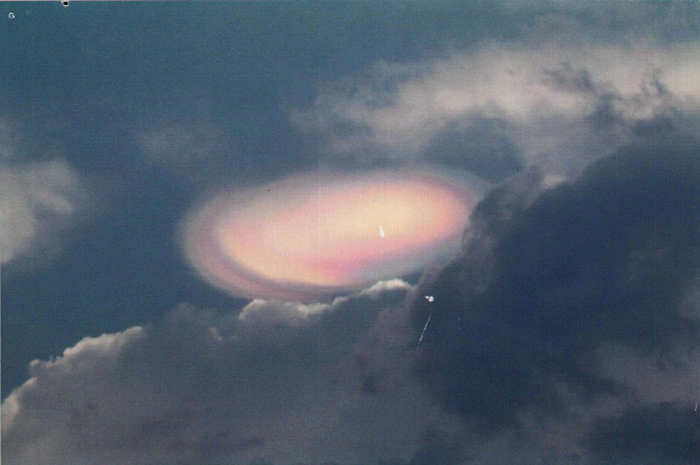
The first sightings of foo fighters were reported in November 1944 by American pilots of the 415th Night Fighter Squadron. The first plane to report a foo fighter sighting was piloted by Lieutenant Edward Schlueter. Lieutenant Donald Meiers was the radar observer and Lieutenant Fred Ringwald was the intelligence officer onboard.
They were flying over the French-German border when Ringwald spotted a row of eight to ten lights, glowing orange. He called ground radar to see if they were enemy aircraft, but they couldn’t pick anything up. Suspecting that the lights were some sort of new German weapon, they prepared to engage them – but then the lights vanished.
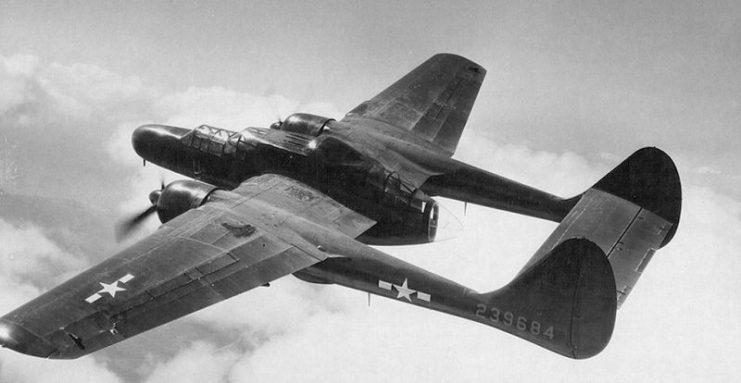
The strange lights were given a name by Meiers: foo fighters. The term “foo” was taken from a popular comic strip of the time, called Smokey Stover. In the comic strip, the character Smokey (a firefighter) used to say “where there’s foo there’s fire.” Meier’s use of the name “foo fighters” stuck, and after this, that was the term used to describe these strange phenomena.
Over the next few months, reports continued to pour in of foo fighter sightings, many of which were seen by pilots of the 415th.
While the description of what they looked like sometimes varied, what was always consistent about the sightings was that the foo fighters seemed to be under some sort of intelligent control, were spectacularly maneuverable, impossible to shoot down or outmaneuver, not hostile (they never once attacked or made any attempt to attack or damage the aircraft that sighted them), and that they both appeared out of nowhere and then vanished into thin air.
Sightings were not only reported by the 415th, of course. The foo fighters were also observed by members of the Eighth Air Force and the Royal Air Force.
An Associated Press war correspondent spoke to airmen of the 415th toward the end of 1944, and soon the story he penned about foo fighter sightings was appearing in newspapers across America.
A number of explanations were put forth to explain the phenomenon – they ranged from the more prosaic, such as the suggestion that the pilots had simply seen weather balloons or were suffering from battle fatigue and thus having hallucinations, to the more outlandish, such as suggestions that the foo fighters were visitors from outer space.
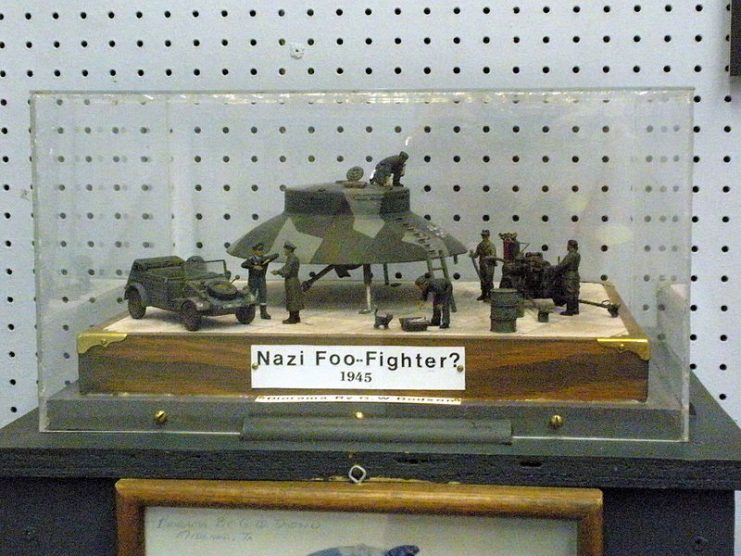
Suggestions were made that it was some sort of electrical discharge stimulated by atmospheric conditions, similar to St Elmo’s fire, but given the nature of how the foo fighters moved and conducted aerial maneuvers, this was ruled out.
It was also suspected, of course, that the foo fighters were some sort of hitherto-unseen secret German weapons, but this seemed rather unlikely, given that they never attacked the Allied aircraft or did any damage to them.
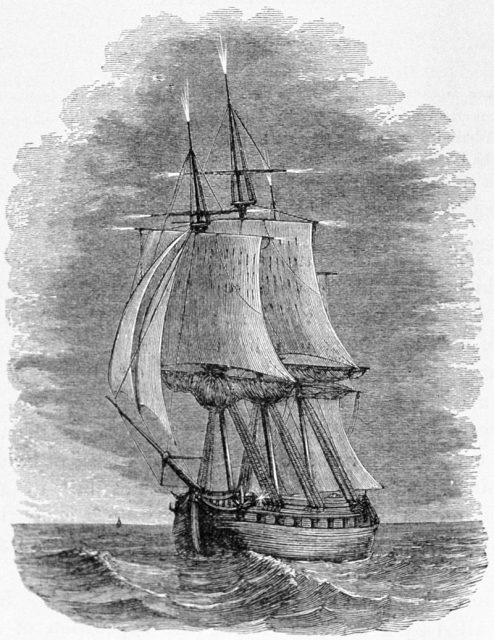
These foo fighter sightings eventually became so widespread that the US Army Air Command put together a panel of officers to conduct an official investigation into the phenomenon. The report which detailed the panel’s eventual findings, however, was lost after the war.
The sightings also contributed to the US Navy investigating in 1945 the degree of visual hallucinations experienced by aviators operating at night, for which they conducted a number of experiments.
Some researchers became more convinced that the foo fighters had then simply been hallucinations, even though the airmen who had sighted them were known to have been utterly sound of mind and not under any kind of extreme stress at the time they reported the sightings.
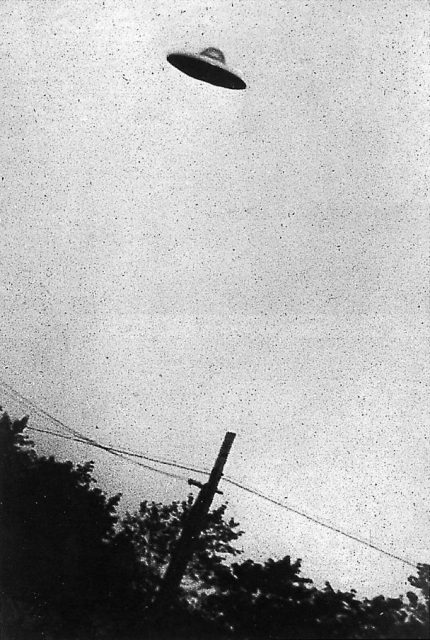
Read another story from us: Creepy stories from WWII, Normandy Ghosts, Disappearing Aircraft
While the frequency of foo fighter sightings died out toward the end of the war, sightings of “flying saucers” and UFOs by civilians throughout the continental US (and the rest of the world) soon became a widespread cultural phenomenon in the decades following WWII.
As for the foo fighters of the Second World War, they remain an unexplained mystery, and we are no closer to understanding what they really were now than were the airmen who saw them in 1944 and 1945.
